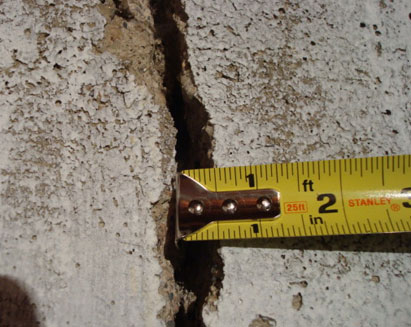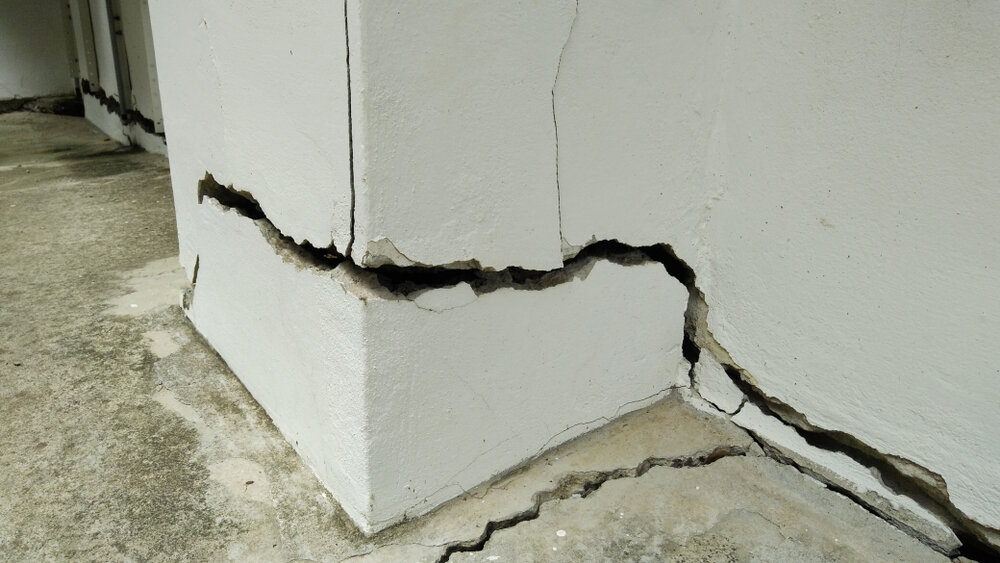
Foundation Renewal: Fixing Cracks for Structural Stability
Cracks in a foundation can be a cause for concern, potentially leading to more significant structural issues if left unaddressed. In this guide, we’ll delve into the reasons behind cracked foundations and explore effective ways to repair them, ensuring the stability and longevity of your home.
Understanding the Causes of Foundation Cracks
Before tackling the repair process, understanding the root causes of foundation cracks is essential. Common factors include soil settlement, poor drainage, extreme weather conditions, or improper construction. Identifying the underlying cause helps determine the most suitable approach for repairing the cracked foundation.
Inspecting and Assessing the Damage
Begin the repair process by thoroughly inspecting and assessing the extent of the foundation damage. Look for visible cracks, both on the exterior and interior walls. Measure the width and length of the cracks, as this information will guide you in selecting the appropriate repair methods. Additionally, assess any signs of water infiltration or structural shifts.
Seeking Professional Consultation
While minor cracks may be addressed through DIY methods, it’s advisable to seek professional consultation, especially for extensive or structural damages. Foundation repair specialists can conduct a comprehensive inspection, identify underlying issues, and recommend tailored solutions to ensure a thorough and lasting repair.
Choosing the Right Repair Method
The chosen repair method depends on the type and severity of the foundation cracks. Common techniques include epoxy injection for hairline cracks, polyurethane foam injection for wider cracks, or hydraulic cement for larger gaps. Consult with professionals to determine the most effective approach for your specific situation.
Epoxy Injection for Hairline Cracks
For hairline cracks, epoxy injection is a widely used and effective repair method. This involves injecting a low-viscosity epoxy into the crack, which then solidifies, bonding the cracked sections. Epoxy injection not only seals the crack but also reinforces the structural integrity of the foundation.
Polyurethane Foam Injection for Wider Cracks
Wider cracks may benefit from polyurethane foam injection. This method involves injecting expanding polyurethane foam into the crack, filling the space and providing stability. Polyurethane foam is flexible, allowing for some movement without compromising the repair. It also provides insulation against water infiltration.
Hydraulic Cement for Larger Gaps
In cases of larger gaps or structural issues, hydraulic cement is a suitable repair option. Hydraulic cement sets quickly and expands as it cures, providing a strong and durable seal. This method is effective for addressing more extensive foundation cracks and preventing water penetration.
Addressing Underlying Drainage Issues
In some instances, foundation cracks may be a result of poor drainage around the property. Addressing underlying drainage issues, such as improper grading or inadequate gutter systems, is crucial for preventing future foundation problems. Consider implementing proper drainage solutions to redirect water away from the foundation.
Preventive Measures for Long-Term Stability
Once the foundation cracks are repaired, it’s essential to implement preventive measures for long-term stability. This includes regular inspections, maintaining proper drainage, and addressing any issues promptly. Taking proactive steps helps prevent the recurrence of foundation cracks and ensures the ongoing stability of your home.
Landscaping Considerations and Protection
Landscaping plays a role in foundation health. Ensure that trees and large shrubs are planted at a safe distance from the foundation to prevent root intrusion. Installing proper foundation barriers and maintaining consistent moisture levels in the soil around the foundation can further protect against future cracks.
Enjoying a Renewed Foundation
Repairing a cracked foundation is a critical step in ensuring the structural stability and longevity of your home. By understanding the causes, seeking professional guidance, and choosing the right repair methods, you can enjoy a renewed foundation that provides a solid and secure base for your living space.
For more information on foundation repair and home maintenance, visit repair a cracked foundation. Explore expert advice and resources to safeguard your home’s foundation and ensure its lasting stability.

